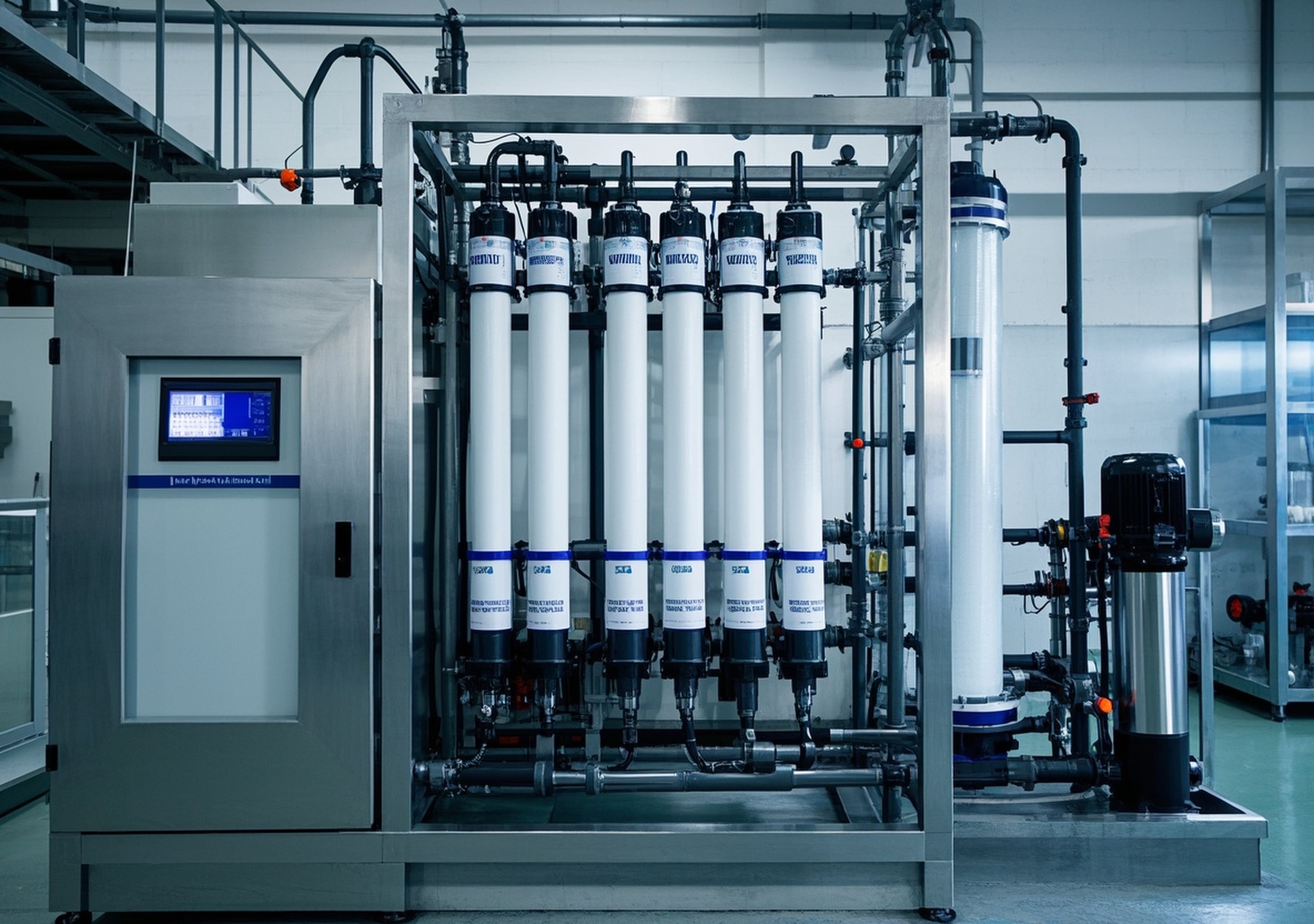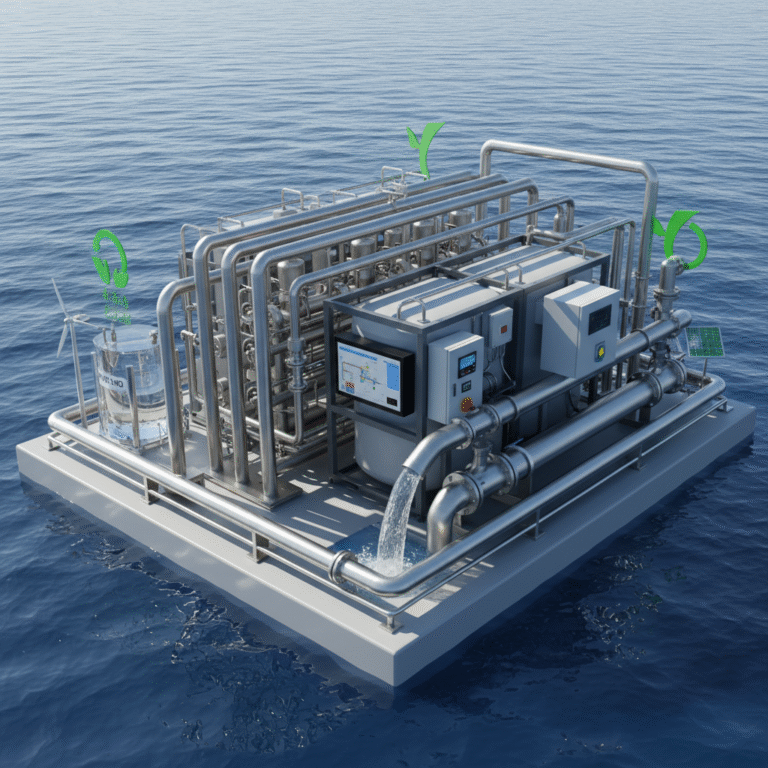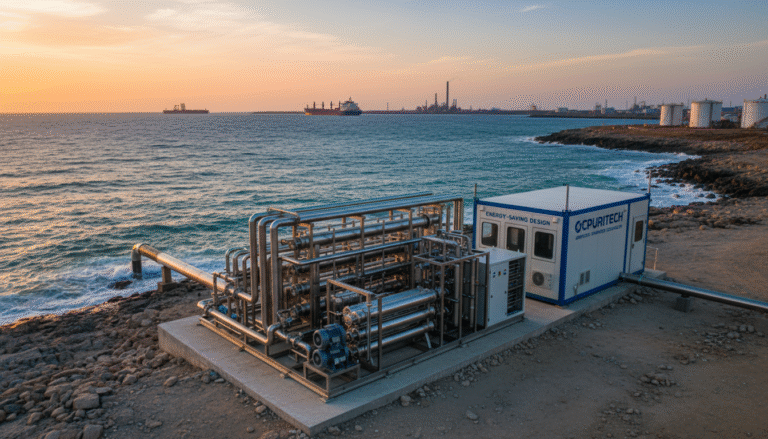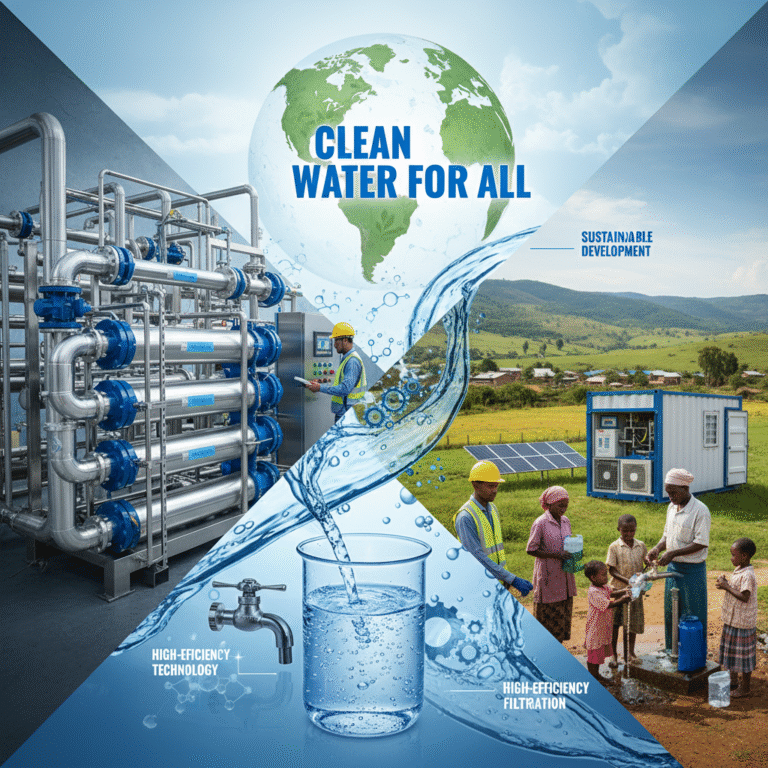Gaining Ground With Millipore Ultrafiltration System for Water Management

Advancing Industrial and Commercial Water Management with Ultrafiltration and Complementary Systems
In today’s industrial and commercial sectors, efficient water treatment is crucial to meet environmental regulations, ensure operational continuity, and safeguard public health. Among the range of technologies available, advanced ultrafiltration systems, including those such as the millipore ultrafiltration system, play an increasingly vital role. This article explores the core modules of water treatment—reverse osmosis (RO) membrane systems, filtration and softening, containerized units, and cleaning and sterilization technologies—highlighting multi-scale solutions tailored for diverse applications. We emphasize technical specifications, capacities, and practical use cases, providing professionals in water management with actionable insights.
1. Reverse Osmosis (RO) Membrane Systems: Engineered for Purity and Scalability
RO membrane systems are fundamental in removing dissolved salts, organics, and microscopic impurities. They operate on a semi-permeable membrane that allows pure water to pass while rejecting contaminants.
- Technical Parameters: Operating pressures typically range from 150 to 600 psi; membrane pore sizes generally near 0.0001 microns enable removal of ions and smaller molecules.
- Capacity Range: Multi-tier product lines exist—from small-scale units handling 500 gallons per day (GPD) suitable for lab or boutique commercial use, to large-scale industrial plants exceeding 1 million GPD for municipal or manufacturing applications.
- Industry Applications: Common in semiconductor manufacturing, pharmaceutical production, food and beverage processing, and seawater desalination.
- Performance Advantages: High rejection rates (>99%), energy efficiency improvements via pressure recovery systems, and modular expandability.
For instance, in a facility producing high-purity chemicals, an RO system with staged membranes ensures the removal of ionic and organic contaminants critical to product integrity.
2. Filtration and Softening Systems: Protecting Downstream Processes
Pre-treatment typically involves filtration and water softening, which safeguard RO membranes and other delicate equipment by reducing turbidity, suspended solids, and scaling ions.
- Technical Parameters: Filtration media vary (sand, activated carbon), with micron ratings commonly between 5 and 50 microns. Softening is achieved through ion-exchange resins removing hardness ions like Ca2+ and Mg2+.
- Capacity Range: Systems range from domestic-scale units at 2 m³/hr flow rate to industrial softeners handling up to several hundred m³/hr.
- Applications: Widely used in boiler feedwater preparation, cooling towers, food processing, and water reuse setups.
- Advantages: Extend membrane lifespan, reduce scaling and fouling, improve water taste and odor.
In beverage manufacturing plants, these systems ensure consistent product quality by removing sediments and adjusting mineral content before RO processing.
3. Containerized Water Treatment Systems: Modular Flexibility and Rapid Deployment
Containerized solutions integrate multi-step treatment processes into standardized shipping containers, offering plug-and-play advantages.
- System Features: Pre-installed RO, ultrafiltration, filtration, and disinfection modules with centralized control systems.
- Capacity Range: Units from 10 m³/day for remote small communities to 500+ m³/day for industrial process water.
- Applications: Emergency response, offshore platforms, mobile military bases, remote towns, and temporary construction sites.
- Performance Benefits: Reduced installation time, transportability, built-in automation for real-time monitoring, and simplified maintenance.
For example, during a recent remote mining operation, a containerized system was deployed to convert brackish water into process-ready water, achieving 99.9% contaminant removal with minimal onsite labor.
4. Cleaning and Sterilization Modules: Ensuring Water Safety and Membrane Longevity
Cleaning and sterilization units utilize ultraviolet (UV) disinfection and automated chemical cleaning to maintain system hygiene and sustain membrane performance.
- UV Disinfection: Employs germicidal UV at 254 nm wavelength to inactivate bacteria, viruses, and protozoa without chemicals.
- CIP (Clean-In-Place) Systems: Automated routines that use detergent and acid washes to remove biofilms and scaling periodically.
- Typical Capacity: UV systems match main treatment flow rates, from 5 m³/hr in commercial units to 50+ m³/hr for industrial lines.
- Application Examples: Municipal drinking water stations, pharmaceutical rinsing processes, food-grade water lines.
In a municipal water treatment plant I consulted for, integrating UV sterilization after ultrafiltration significantly boosted pathogen control, streamlining compliance with tightened regulatory standards.
Manufacturing Expertise and Quality Assurance
Leading manufacturers invest heavily in research and development to enhance membrane materials—introducing polymeric membranes with improved fouling resistance and ceramic variants for harsh industrial use. Quality controls include rigorous testing for permeability, salt rejection rates, and mechanical durability. Advanced manufacturing also incorporates predictive analytics enabling real-time diagnostics and proactive maintenance scheduling.
Suppliers with decades of expertise provide comprehensive warranties and field support, contributing to higher system uptime and peace of mind for end users.
Diverse Application Scenarios: Beyond Conventional Uses
Industrial water treatment systems find applications spanning from large-scale seawater desalination for urban centers to specialized portable units delivering potable water in disaster zones or military deployments. Additionally, they serve in highly controlled environments such as spacecraft, where reliable water purification and recycling technologies ensure crew safety and mission success.
For example, a recent project involved outfitting a remote island community with a hybrid ultrafiltration-RO system, utilizing renewable energy sources, to provide sustainable drinking water with minimal ecological footprint.
Conclusion
Combining ultrafiltration technology—including advanced millipore ultrafiltration system—with robust pre-treatment, containerization, and sterilization modules offers industrial and commercial water managers versatile, efficient, and scalable solutions. Understanding each module’s technical features and appropriate applications empowers decision-makers to optimize investments, improve water quality, and maintain operational resilience in an ever-demanding environment.
From my direct involvement in deploying water systems across pharmaceutical plants and municipal utilities, the tailored selection of treatment modules aligned with capacity and water quality targets consistently yields superior outcomes. Integrating automated cleaning and IoT-based monitoring further reduces downtime and operating costs, enabling sustainable water management strategies.
Authoritative Data Sources:
- Grand View Research – Ultrafiltration Market Size & Share | Industry Report, 2030
- MarketsandMarkets – Hollow Fiber Ultrafiltration Market, Industry Size Forecast Report
- Future Market Insights – Ultrafiltration Membranes Market Size & Forecast 2025-2035




